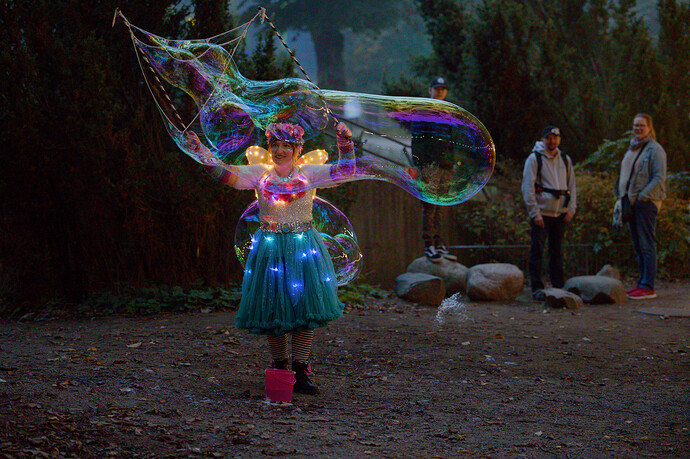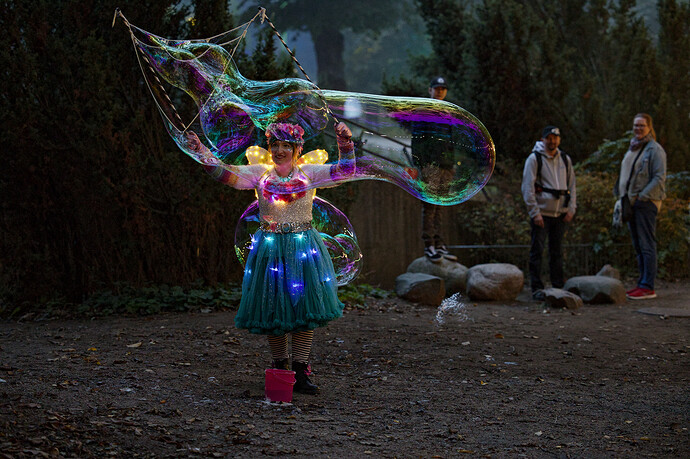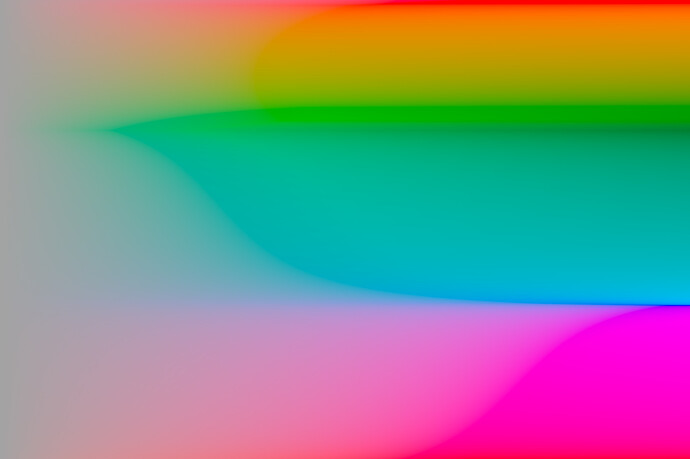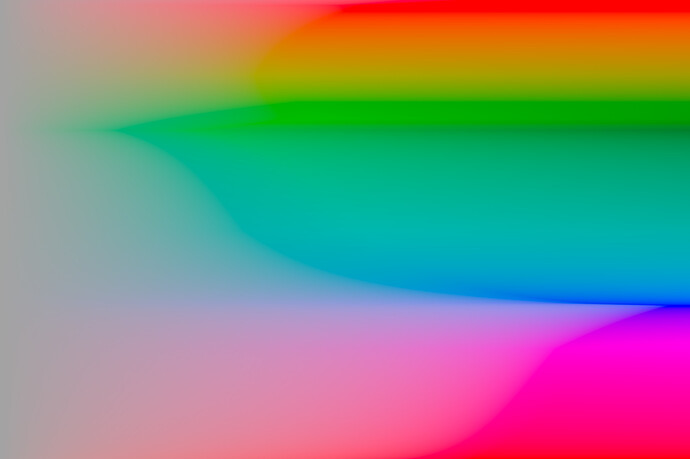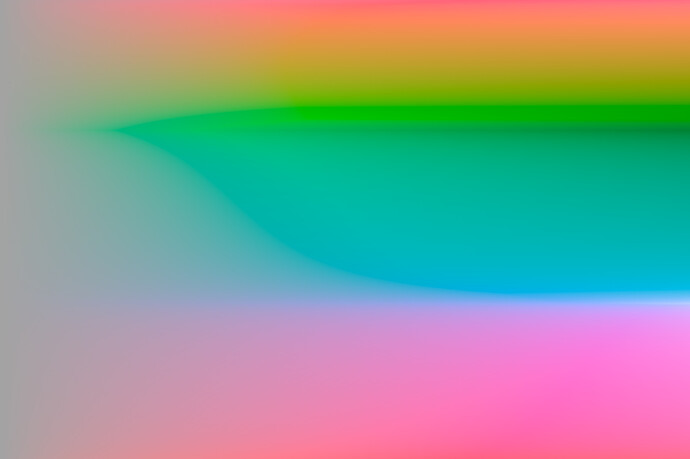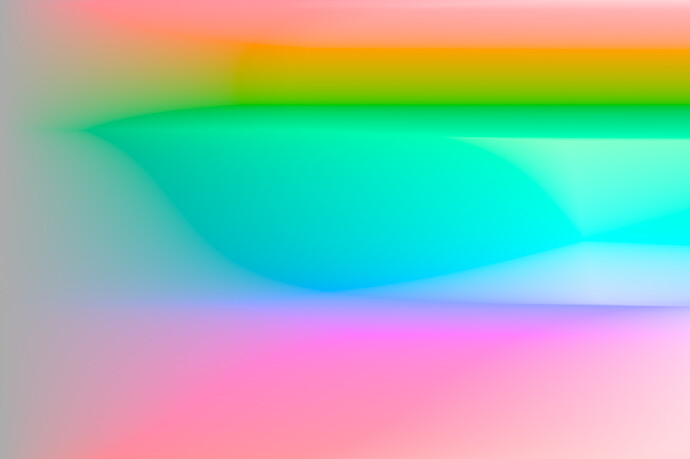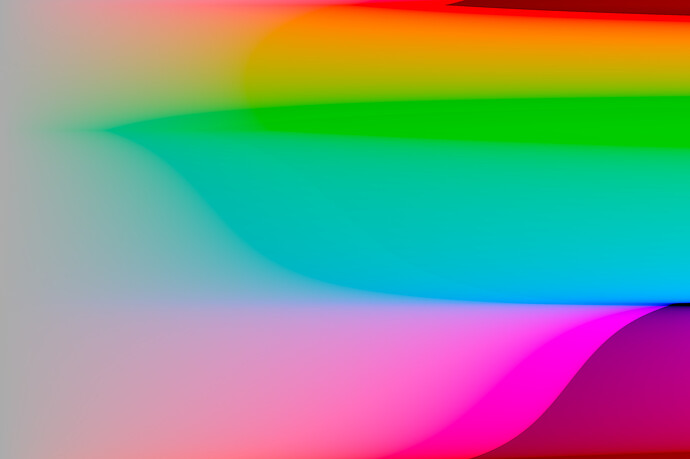![]()
Check the previous posts by the same person, eg
and the answer is pretty clear — trolling.
You can flag posts as spam and the maintainers will, hopefully, remove it.
There was an old, satirical sci-fi book in Hungarian (“Vasvilágok” - “Worlds of Iron”). In it, there was a hard-working accountant, and pretty soon his colleagues dumped all their work on him – which led to him uncovering a conspiracy (or so he thought). Products with similarly nonsensical names were being manufactured, each shipped to the next factory, where it was disassembled and modified, going around in an infinite loop, never achieving anything. He reported this to the minister for industrial affairs, who was very surprised about his findings – it was actually a secret programme of the government, to keep everyone busy.
Anyway, the products had names like:
- neofix basmach (in sounds very funny in Hungarian)
- betalicence trechni
- teriomorph ducator
- schnollarised profunc
(Hungarian names: neofix baszmacs, betaliszensz trechni, teriomorf dukátor, snollírozott prófunk)
Unfortunately, the gonculator was not among them. ![]()
I was fooled by the member’s name “Leonard Jones” and, when I just now looked at his past posts, most of them are similarly confusing.
My source is much less ‘academic’. See @priort’s post, last paragraph of the screenshot. Had not seen the ‘gonculator’ spelling until now; I’ve always used it as ‘gonkulator’…
My colloquial usage has been regarding a complex mechanism of unknowable behavior… ![]()
My colloquial usage has been regarding a complex mechanism of unknowable behavior…
That much was clear, I just thought you were referring to (the documentation of) a specific tool in LCMS2, Argyll or similar.
And some with AgX
And, if you remember the Soap bubble fairy from https://discuss.pixls.us/t/soap-bubble-fairy/33792:
Hello,
Thanks for your compendium of information on tone mappers. I have taken several photos to test my workflow and I find that darktable’s sigmoid module with the addition of primaries is really powerful and stable in difficult situations,
Here’s an example of my basic workflow, which is very similar to the AGX curve.
502A7740_01.CR3.xmp (14.1 KB)
The only criticism I can make is that we lose some of the detail in the highlights and lowlights that I recover with the local contrast module.
bilat_Detail Sigmoid.dtpreset (1.1 KB)
Greetings,
Christian
In case anyone wants to play: a 16-bit sRGB file, with the max Y level that avoids clipping the blue component (the darkest primary).
Now, when raised by 4 EV and tone-mapped:
Darktable’s filmic v7, defaults (only auto-picked white and black relative exposure):
highlights saturation mix: -50%
highlights saturation mix: +50%
v5, no preservation:
sigmoid, defaults (per-channel, preserve hue: 100%):
per-channel, preserve hue: 0%
rgb-ratio:
smooth preset (some attenuation, some rotation of primaries, plus a bit of skew to preserve highlights):
Similar, but with Rec2020. The Rec2020 file was exported at a brightness that brought it close to clipping (B = 1, no channels negative; Y = 0.059293). In darktable, exposure was raised by 3 EV.
Sigmoid, reset to defaults, then contrast = 1.
Per-channel, preserve hue: 0%:
Per-channel, preserve hue: 100%
RGB-ratio:
Per-channel, preserve hue: 0%. However, this time in the ‘primaries’ section, I set the attenuation to max, recover purity to 0:
Same, but recover purity at max (100):
The same pair, with preserve hue 100%. First, recover purity = 0:
And at 100%:
I think all of these show changes in brightness.
Filmic v6, luminance Y, white exposure at 5 EV:
And filmic v5, no preservation:
The file as PNG. You may have to force the profile to Rec2020.




